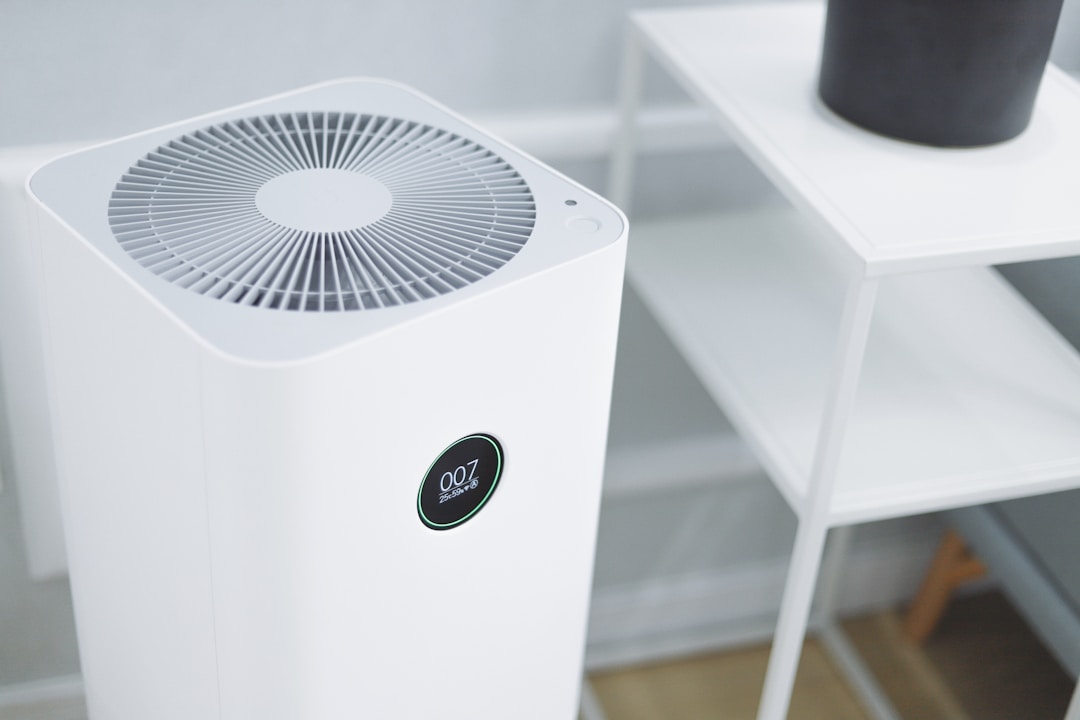Becoming a homeowner is an exciting milestone, but it comes with a number of new responsibilities. Maintaining the quality of the air in your home should always be a priority, especially if you have any allergies or health conditions like asthma. For new homeowners or anyone who hasn’t had to manage air quality issues before, it can be tricky to know how to better filter and purify the indoor air. Luckily, there are several pieces of equipment that can help you monitor and improve the air quality in your house. Not only that, but you can make a difference on your own with some simple lifestyle changes. Keep reading for a basic guide on improving indoor air quality.
Why is indoor air quality important?

Many homeowners don’t realize how much their comfort and safety at home depend on the quality of the air inside. There are a number of pollutants that can enter your home, many of which can have negative effects on both your health and property. Cracks and crevices in your windows and doors can let in all kinds of air pollution, including allergens like pollen and mold. Outdoor air can also get in, making it more difficult to regulate the temperature indoors, which can be brutal on a cold winter day.
The health effects of indoor air pollutants can range from minor to severe. Some symptoms associated with indoor air pollution include irritation of the eyes, nose, and throat, as well as headaches, dizziness, and fatigue. However, certain types of air pollution can also cause more serious issues, including respiratory diseases like asthma, heart disease, and several different types of cancer. Chemicals like radon and carbon monoxide can be fatal for humans, so it’s essential to have your home or building inspected.
How can you improve your indoor air quality?

One of the best ways to get serious about the indoor air in your commercial or business space is to invest in a commercial air quality monitor. An air quality monitor can measure and report on the quality of the air in a space using the air quality index. It also allows you to set thresholds for unacceptable levels of quality. Since pollution can be even higher indoors than outdoors, you have to prioritize clean air if you want to keep people, products, and your property safe.
In a residential setting, a large room air purifier is a great idea for managing indoor air pollution and improving indoor air quality throughout your whole house. It’s important that you ensure the air purifier you choose is designed to filter the number of square feet in the room you’re using it. Look for a true HEPA filter if you want to get serious about removing allergens, pet dander, gases, and unpleasant odors. Don’t forget to change your filter regularly: your air purifier is only going to operate at peak efficiency if it has a clean filter.
There are also small lifestyle changes to make, especially if you suffer from asthma or severe allergies. Smoking indoors is bad as a general rule, both because of the odor and the negative impact cigarette smoke can have on your health and the health of anyone else in the room. Long cooking adventures should always involve using the exhaust fan, and it can be a good idea to open a window to let some fresh air in too.
Whether you’re a business owner or a homeowner, the quality of your indoor air matters. Air pollution can affect your health in serious ways, including putting you at higher risk for cancer. Luckily, there are steps you can take to keep yourself and your property safe. You’d be surprised how much of a difference a few lifestyle adjustments can make when it comes to indoor air quality, whether it’s using an exhaust fan while you’re cooking or not allowing smoking indoors. Ultimately, if you want to get serious about your air quality, it’s worth investing in tools like air quality monitors, modern HVAC systems, and air purifiers. A combination of technology and lifestyle changes is the best way to improve the quality of the air in your home or business.
For new homeowners or anyone who hasn’t had to manage air quality issues before, it can be tricky to know how to better filter and purify the indoor air. Luckily, there are several pieces of equipment that can help you monitor and improve the air quality in your house. Not only that, but you can make a difference on your own with some simple lifestyle changes. Keep reading for a basic guide on improving indoor air quality.
There are a number of pollutants that can enter your home, many of which can have negative effects on both your health and property. Cracks and crevices in your windows and doors can let in all kinds of air pollution, including allergens like pollen and mold.
Thanks For Reading
More Read On Businessmodulehub


![images[1]](https://backup.businessmodulehub.com/wp-content/uploads/2021/09/images1.jpg)